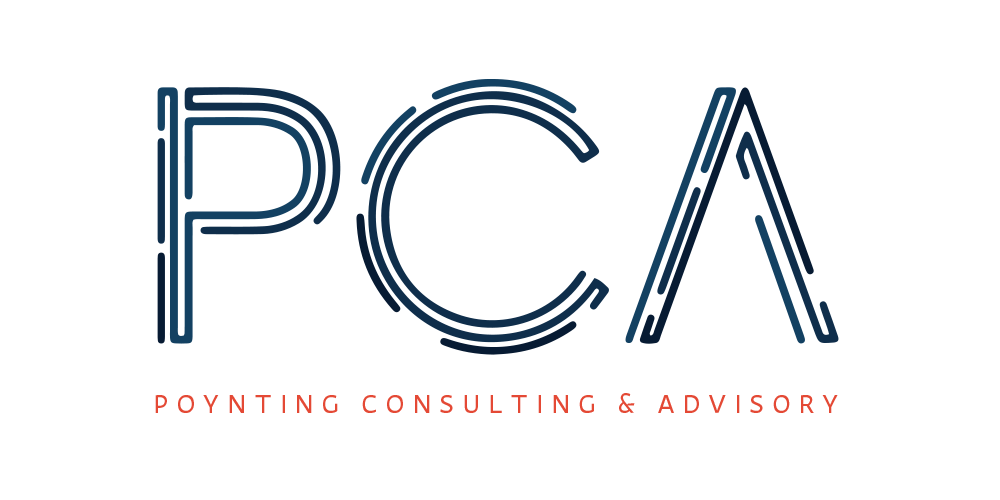Being a CSO is about Culture not Compliance
This is article five of five that will be released over five days. These articles are for professionals in Australia that work with children and have heard the term ‘child safe organisation’ but are not sure how it applies to them, their sector or the work they do every day to keep children they work with safe. Click here to view article one – What is a Child Safe Organisation?
In Article one ‘What is a Child Safe Organisation? We explained what a CSO is. From now on, we’re going to assume you know what a CSO is. Click the link above if you missed Article One.
In the last article, What Types of Organisations Should be CSOs? We introduced readers to the National Principles for Child Safe Organisations. The National Principles will be the focus of this final article in the #CSOin5Days series.
The National Principles, “Aim to provide a nationally consistent approach to creating organisational cultures that foster child safety and wellbeing across all sectors.” (Australian Human Rights Commission, 2019a). The National Principles are an evolution of the Child Safe Standards which were developed by the Royal Commission into Institutional responses to Child Sexual Abuse. While the Standards were focused on prevention of child sexual abuse, the National Principles focus on preventing all types of abuse and neglect including bullying and cyber-abuse. In its Final Report, the Royal Commission recommended that all state, territory and federal governments require all institutions that engage in child-related work to meet the child safe standards (Australian Human Rights Commission, 2019a). Although they are not mandatory in most jurisdictions at the time of publishing this article, it is reasonable to expect they will be in the future.
In developing the National Principles and the supporting resources and practice tools, the Australian Human Rights Commission and the National Children’s Commissioner have avoided a compliance-based model. This has been done intentionally. To truly create an environment where children are safe, protected from abuse and neglect, are valued and have their rights upheld, organisations need ‘being a CSO’ to be part of that organisation’s culture and identity. This isn’t achieved by distilling the National Principles down to check boxes on a page, certificates on a wall and a polished policy framework. Instead, every single adult associated with the institutions (staff, volunteers, executives, boards, and even parents) need to accept their personal responsibility to contributing to the organisation being child safe. It is often a big task for organisations, and often a new way of thinking. For organisations that embrace the National Principles, they will keep children safe “because it’s who we are as an organisation” not because, “the policy says that I have to.”
This difference in approach has its value realised during the ‘embed’ phase of the project. Most organisations excel at ‘generating ideas’ and ‘innovating practice.’ Some organisations are good at ‘implementing’ new practices and change. Not many organisations succeed in ‘embedding’ change into long-term, everyday practice. By focusing on culture, rather than compliance, being a CSO becomes part of everything the organisation does, not something the organisation did at a point in time. This cultural change overcomes complacency. It battles the idea that, “that wouldn’t happen here.” It helps organisations to keep in mind that the risk of child abuse in institutional settings always exists, and it’s only by championing a child safe culture that the risk can be consistently reduced.
Where do you start though? A great first step to implementing the National Principles is to complete the Australian Human Rights Commission’s Introductory Self-Assessment Tool for Organisations. This tool assists organisation to, “reflect on their child safe practices and identify priority areas for improvement” (Australian Human Rights Commission, 2019b). When completing the self-assessment, remember, “Policies and procedures alone are not enough to keep children safe and well in organisational settings. A child safe organisation is one that creates a culture, adopts strategies and takes action to promote child wellbeing and prevent harm to children and young people” (Australian Human Rights Commission, 2019c).
Thank you for taking the time over the last five days to learn and read about Child Safe Organisations. Hopefully you have gained some insights in to CSOs, can see their value and have been inspired to make your organisation child-safe and child-friendly.
If you did find value in #CSOin5Days, please share your new knowledge with other professionals that work with children by emailing them Article One, tagging them in a post on LinkedIn or Twitter or talking about what you’ve learned in your professional meetings and gatherings.
If after reading the last five articles you know that you’ve got some work to do to make your organisation a CSO but think you might need some external help to get you started – Contact PCA to discuss your CSO goals.
References
Australian Human Rights Commission. (2019a). Child Safe Organisations Project. Australian Human Rights Commission, viewed 14 November 2019, https://childsafe.humanrights.gov.au/about/child-safe-organisations-project
Australian Human Rights Commission. (2019b). Child Safe Organisations Project. Australian Human Rights Commission, viewed 14 November 2019, https://childsafe.humanrights.gov.au/learning-hub/organisational-self-assessment
Australian Human Rights Commission. (2019c). Child Safe Organisations Project. Australian Human Rights Commission, viewed 14 November 2019, https://childsafe.humanrights.gov.au/about/what-child-safe-organisation
